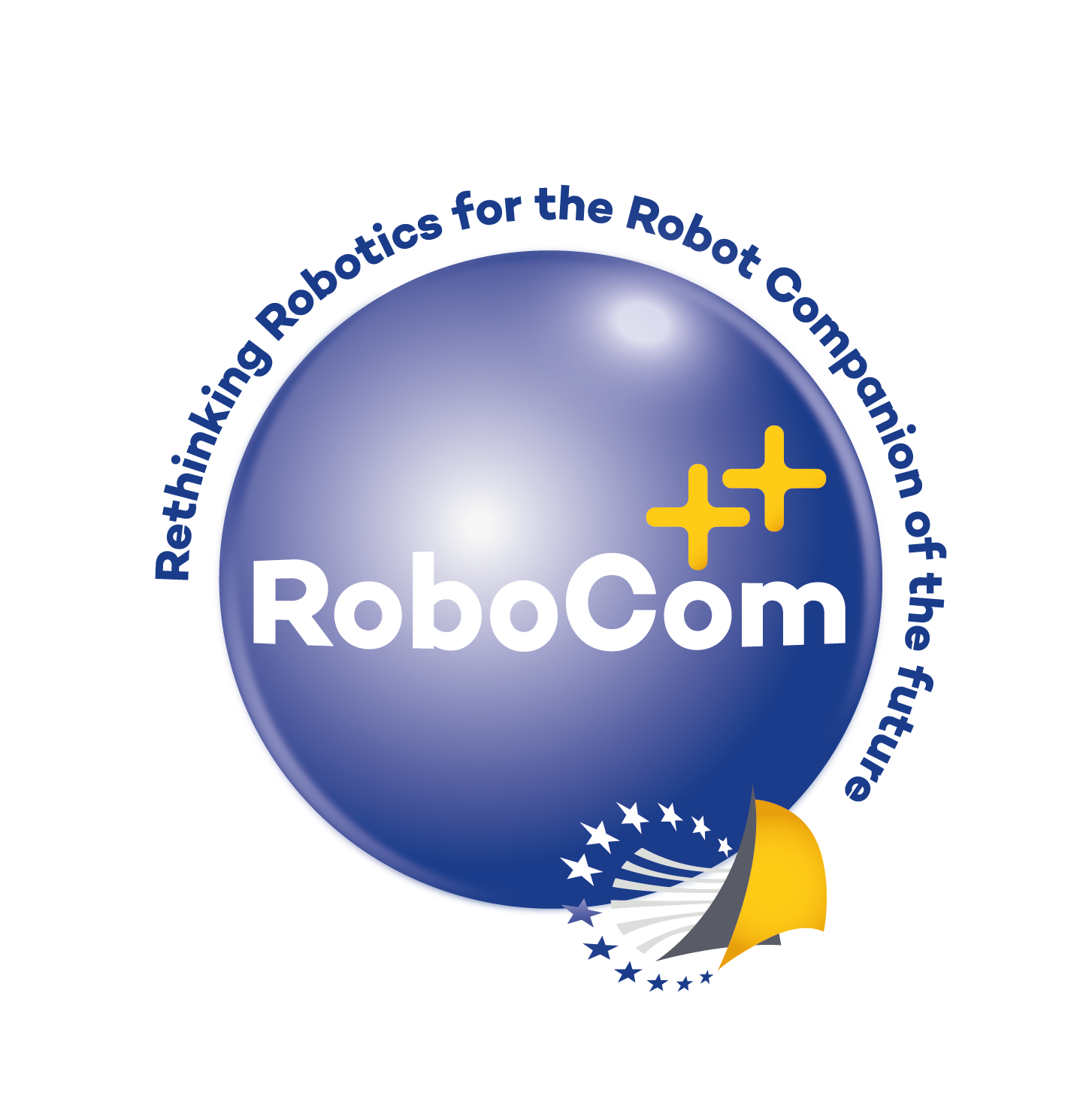According to the RoboCom++ vision, the Cooperative Robots of the future should be able to assist humans in a variety of tasks, from personal daily life to professional activities and to emergencies, like search and rescue in natural disasters well beyond what today is considered feasible.
The RoboCom++ Cooperative Robots will be effective in these real-world tasks because they will implement the simplification mechanisms (embodiment, situatedness, self-organization, simplexity, vicariance, etc.) evolved by nature to allow living systems to cope with the complexity of the real world and to achieve robust behaviour. The new paradigm robots will not only be able to carry loads, move, find their way and interact and recognize
